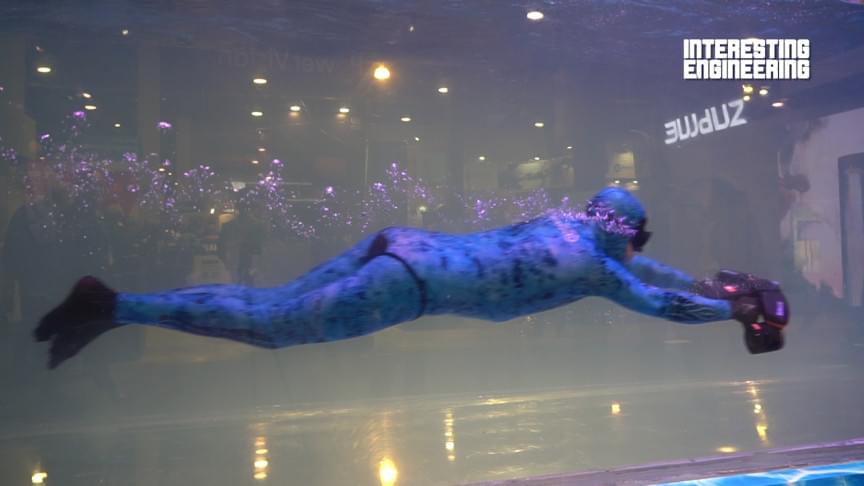
Category: futurism – Page 689

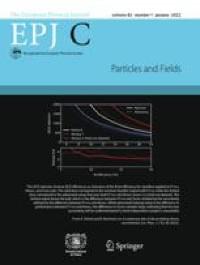

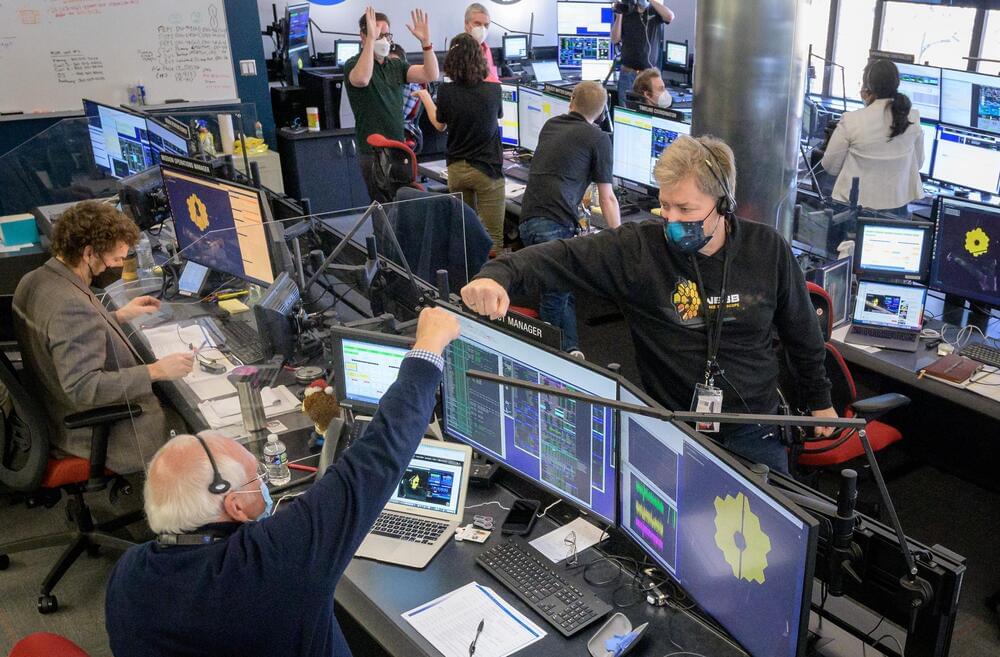
James Webb Space Telescope unfolds mirrors, completes deployment
Spreading its mirror wings was the telescope’s last big step in its complicated deployment.
NASA has pulled off the most technically audacious part of bringing its newest flagship observatory online: unfolding it.
On Saturday, Jan. 8, the operations team for the James Webb Space Telescope (JWST) announced that the observatory’s primary mirror had successfully unfolded its segments — the last major step of the telescope’s complicated deployment.
The moment was a euphoric moment of validation for the entire team. “We’re on an incredible high right now,” said Bill Ochs, JWST’s project manager, at a press conference. “Today represents the beginning of a journey for this incredible machine, to its discoveries that we’ll be making in the future.”
Exclusive Introductory Pricing
Learn More
Special Pricing Ends Soon

Solar Orbiter Spacecraft Captures the Full Sun in Unprecedented Detail
Solar Orbiter’s latest images shows the full Sun in unprecedented detail. They were taken on March 7, 2022, when the spacecraft was crossing directly between the Earth and Sun.
One of the images, taken by the Extreme Ultraviolet Imager (EUI) is the highest resolution image of the Sun’s full disc and outer atmosphere, the corona, ever taken.
Another image, taken by the Spectral Imaging of the Coronal Environment (SPICE) instrument represents the first full Sun image of its kind in 50 years, and by far the best one, taken at the Lyman-beta wavelength of ultraviolet light that is emitted by hydrogen gas.
3D Printed Village
After 18 months of planning, ICON and New Story just unveiled two affordable 3D-printed homes in a groundbreaking development for Tabasco, Mexico.
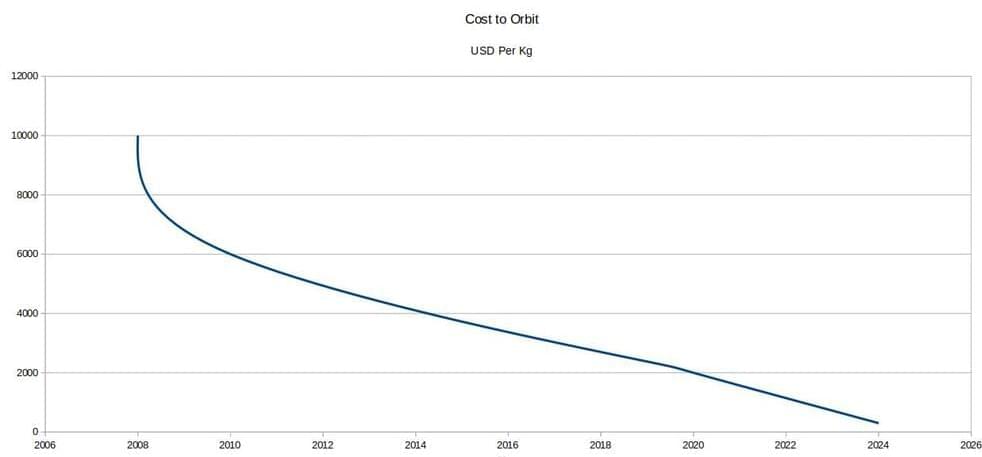
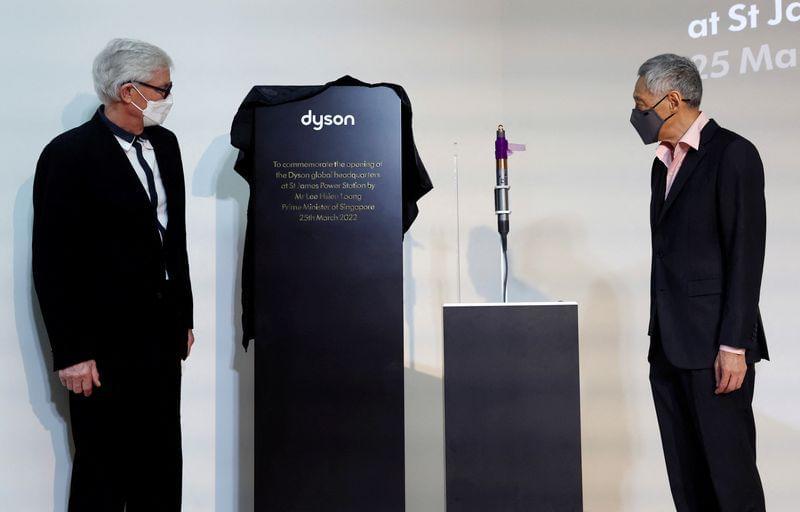
Dyson to invest $1.1 billion in Singapore as part of global plan
SINGAPORE (Reuters) — Dyson, the inventor of the bagless vacuum cleaner, said on Friday it would invest S$1.5 billion ($1.1 billion) in Singapore over the next four years, the newest phase of a S$4.9 billion global investment plan.
When Dyson announced the global investment plan in 2020, it said the money would be divided between the company’s global head office in Singapore, its two campuses in Wiltshire, southern England, and the Philippines.
On Friday, it launched its new global headquarters in a restored power station in the Southeast Asian city-state, where it plans to hire more than 250 additional engineers and scientists.
